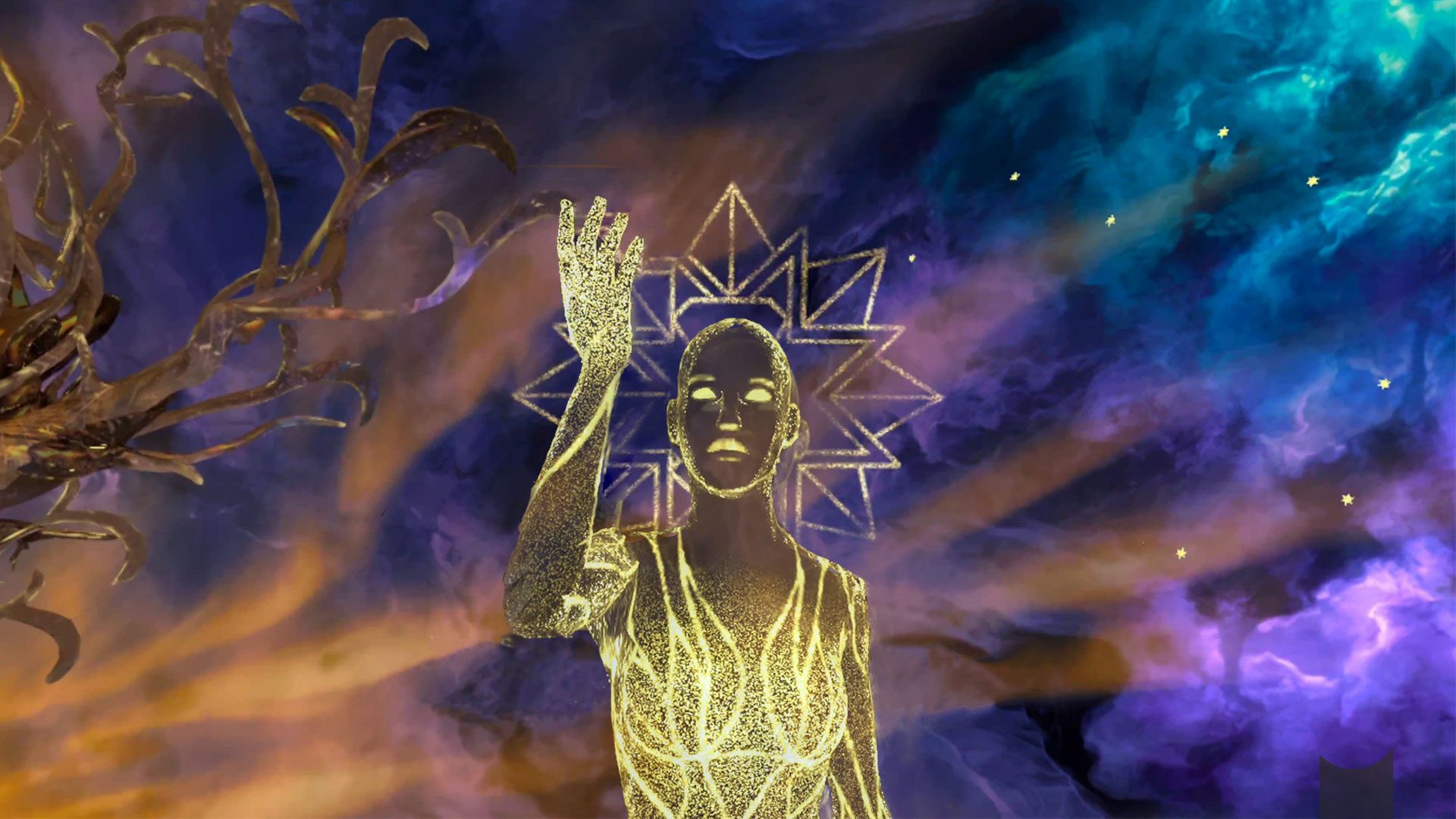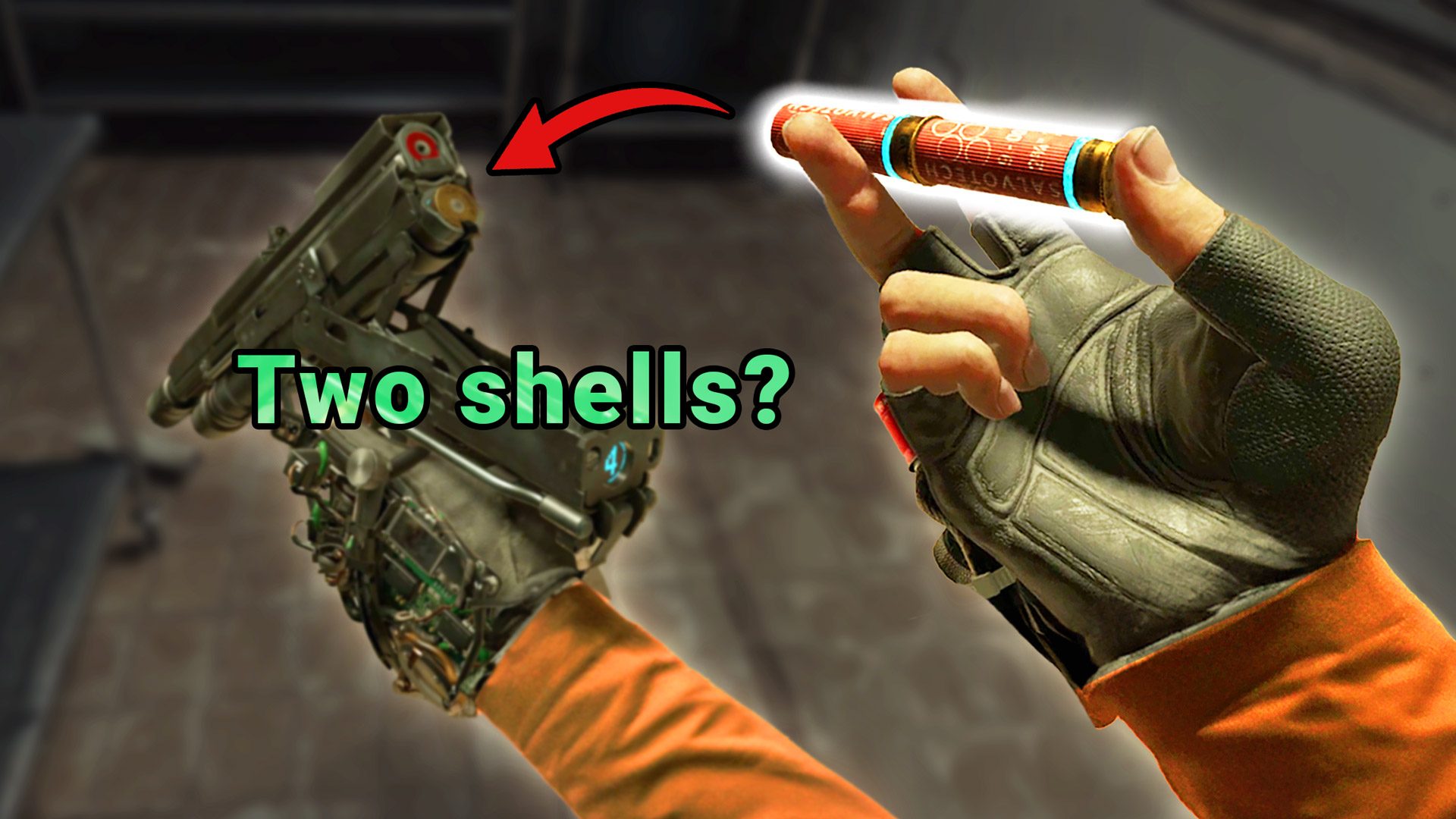Sony has introduced an intriguing new location-based entertainment concept inspired by The Last of Us, both from the game and TV series landscapes. While it seems tailor-made for virtual reality arcades, intriguingly, it bypasses VR headsets entirely in favor of an extensive array of large format LED panels.
Currently being showcased at CES 2025 in Las Vegas, this concept integrates cutting-edge tech, featuring Sony’s Crystal LED panels, alongside immersive audio, haptics, and even atmospheric elements like scent. All of this is intertwined with the interactive content from PlayStation games.
Much like the older CAVE environments, where projectors take the place of headsets, this Last of Us experience invites users to delve into the infected tunnels beneath Seattle—a city grappling with a terrifying fungal plague that transforms people into monstrous beings.
The trailer drops some hints about Sony’s approach, depicting group participants armed with flashlights and weapons. These items seem to be tracked using SteamVR base stations through HTC Vive tracking pucks.
According to a press release, Sony is “exploring ways to expand the value of content IP by developing a proof-of-concept for location-based entertainment, employing various technologies such as video, audio, and haptics to provide creators with new avenues for expression.”
Neil Druckmann, the studio head of Naughty Dog and co-creator of The Last of Us, shared, “This is still in the proof of concept phase, but this new and incredible technology allows us to immerse all of your senses.”
Sony hasn’t yet confirmed any rollout specifics for The Last of Us experience or potential venues, though a promising candidate might be Sony’s new Wonderverse destination in Chicago. This place features both VR and non-VR experiences based on other Sony IPs like Jumanji, Ghostbusters, Uncharted, and Zombieland.
Over the years, Sony has adapted several of its iconic IPs into VR experiences, yet there may be practical reasons for choosing this headset-free, CAVE-style setup.
Although potentially expensive to create, a headset-less experience could streamline the participant onboarding process, eliminating the need for tutorials on headset fitting and haptic gear. Not only does this speed up audience turnover—bringing in more visitors—but it also minimizes downtime, such as equipment maintenance and cleaning, a significant factor in VR arcade operations.
Alternatively, it might just serve as a significant promotion for Sony’s Crystal LED panel technology, giving CES attendees something to buzz about. It certainly caught our attention.












































